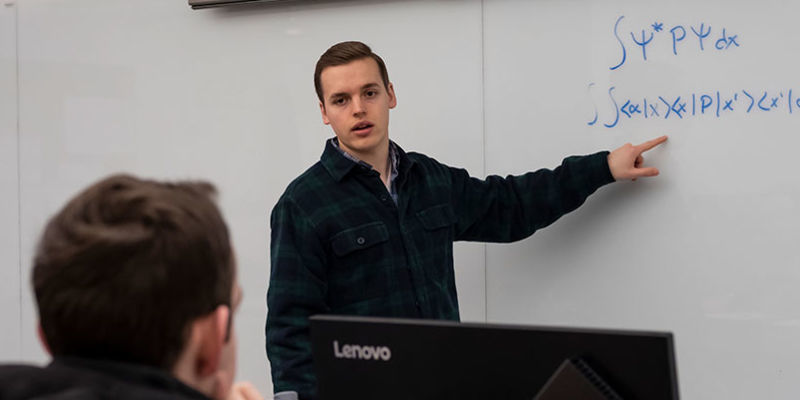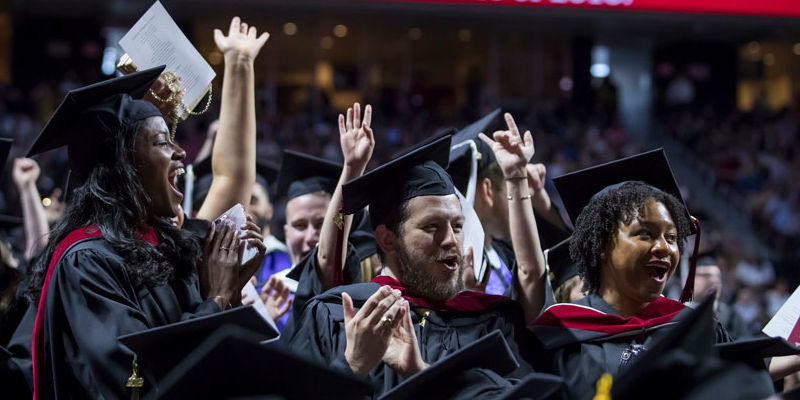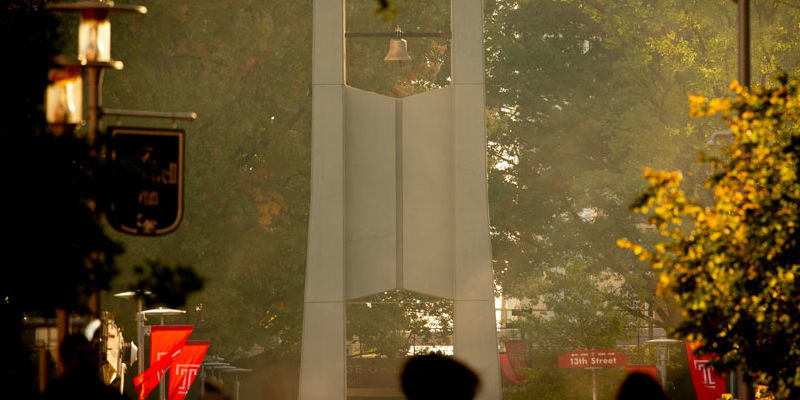The legacy of Laura Carnell (1867–1929), who made Temple what it is today
Laura Carnell, for whom Temple’s Carnell Hall is named, left an indelible mark on the university. Here’s a history of Carnell’s contributions from the archives, told by Margery Sly, director of special collections for Temple University Libraries.
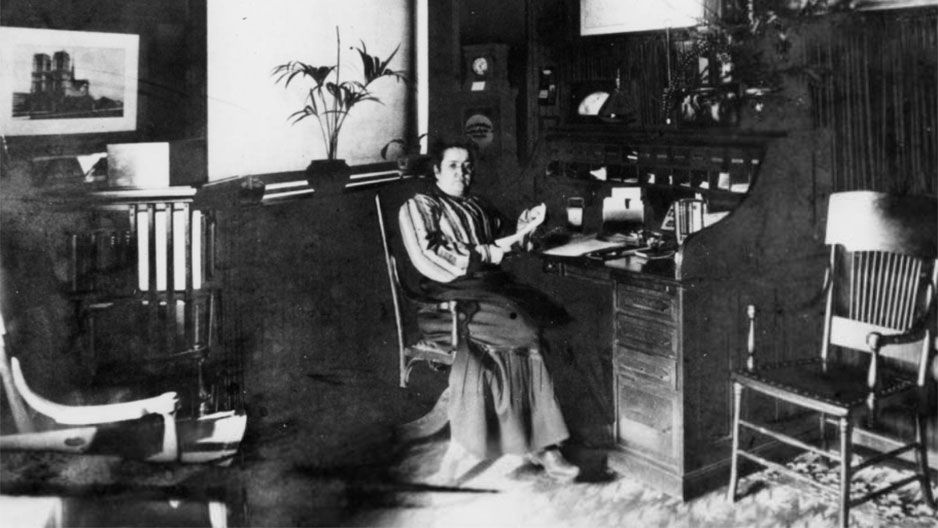
Generations of Temple students know Carnell Hall—but few know anything about the woman its name honors. Shortly before his death, Russell Conwell offered this tribute: “The record of the service which Laura H. Carnell has given to this university could not be tabulated or approximated; it has been the life work of a martyr and a genius.”
Laura Horner Carnell was a prominent leader at Temple during the university’s formative years. She was Temple’s first dean and founder Russell Conwell’s trusted administrator; a woman whom the Board of Trustees named associate president in 1925 as they planned for transition after Conwell’s death.
The Philadelphia Evening Bulletin linked in her own obituary with Conwell: “Joint builder, with Russell H. Conwell, of Temple University, Dr. Laura H. Carnell needs no memorial of words in this community. Temple University is her memorial, rapidly rising into the realization of the vision, which was hers hardly less that it was Dr. Conwell’s. And even more lasting than the stone of the buildings, is and will continue to be the testimony of lives bettered, enlarged, empowered by reason of her service.” 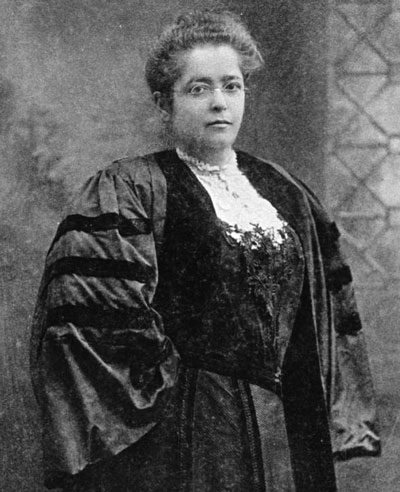 A Philadelphia native, Carnell exemplified the kind of student Temple has long sought to educate. She was born in Philadelphia in 1867, graduated with a teaching certificate from the Philadelphia Normal School in 1895, and eventually earned her BA from Temple College in 1898. She had approached Conwell as early as age 16 asking to teach at the college, became a volunteer instructor in 1886, and, in 1893, at age 26, became Lady Principal and a founder of the Women’s Department of Temple College.
A Philadelphia native, Carnell exemplified the kind of student Temple has long sought to educate. She was born in Philadelphia in 1867, graduated with a teaching certificate from the Philadelphia Normal School in 1895, and eventually earned her BA from Temple College in 1898. She had approached Conwell as early as age 16 asking to teach at the college, became a volunteer instructor in 1886, and, in 1893, at age 26, became Lady Principal and a founder of the Women’s Department of Temple College.
Carnell rose through the ranks and became acting dean in 1897, a year before earning her bachelor’s degree. In 1905, she was named dean—Temple’s first—a post in which she served until 1925, when she became associate president.
Carnell’s many high-powered roles within Temple are illustrative of Conwell’s extraordinary respect for her, although reliable documentation of Conwell’s view of his chosen colleague are limited.
Carnell’s career is, however, striking for her ability to turn her hand to anything that the university needed doing: If there were financial challenges (and there were), she managed fiscal realities and bank loans. When faculty members needed hiring—or firing—she accomplished that. If students needed discipline, she wrote them or their parents. When there were curricular needs for teachers’ education, nursing, physical education, nutrition and home economics, she did the research and created the schools and courses of study. And for promising women students or staff members, she mentored them and provided for their advancement.
Carnell was not just a behind-the-scenes administrator. Beyond Temple, Carnell received recognition at the national level as a member and president of a range of distinguished organizations. In 1923, she was elected of member of the Philadelphia Board of Education.
And yet Laura Carnell was very much of her era. She was among a small but strong and growing number of realistic women who served as academic administrators at institutions across the country. Her colleague Milton Stauffer reports that, in order to continue her work at the university, she turned down an offer of marriage in a time when unmarried women could have careers but married women could not. There are suggestions from her and others that the reason she turned down the Board of Trustees’ offer to become president in 1925 was because she felt the university might suffer setbacks if it had a female president.
Instead, at the recommendation of incoming president Charles Beury, the Board of Trustees named Carnell associate president of Temple University—not a term or a concept that resonates in our era of ‘vice presidents’ but one that reflects her extraordinary skills and knowledge of the institution. Carnell was the only person in Temple’s history to hold the title, which accurately reflects her role as the second-most instrumental person, after founder Russell Conwell, in establishing Temple University’s foundations and ensuring its future after its founding.
At the time of Carnell’s death, Temple’s second president, Charles Beury, said, “It is impossible to express the great loss we personally and the university as an institution have suffered in the passing of Dr. Carnell. For 35 years she had worked effectively, sympathetically, unsparingly for the good of Temple and thousands of appreciative and deserving students. Her place can never be filled. One of the outstandingly useful women of Philadelphia, she quietly and modestly served a great variety of interests with surpassing ability and devotion. I question whether Temple University would be in existence today but for Dr. Carnell. I am sure it would not hold its present high place in democratic higher education but for her.”
Nearly a century after her tenure, Carnell’s legacy is alive and well at Temple. In an era when buildings were named in recognition of service, Carnell broke ground for Carnell Hall in 1928, but didn’t live to see its completion, as she died unexpectedly the following year at the age of 62. Also named for Carnell, the Laura H. Carnell School in Oxford Circle, built between 1930 and 1931, honors Carnell’s work as a teacher in city schools and a well-respected Board of Education member prior to taking on her role at Temple. In 1985, Temple began awarding Laura Carnell Professorships to “recognize faculty who have distinguished themselves in research, scholarship, the creative arts and teaching.”
—Margery Sly, Director of Special Collections, Temple University Libraries
